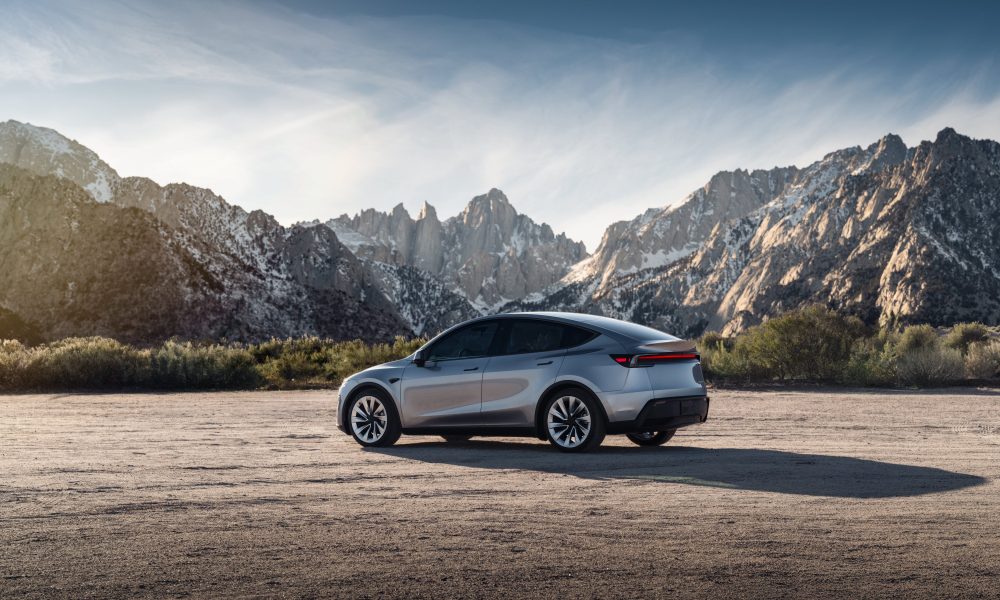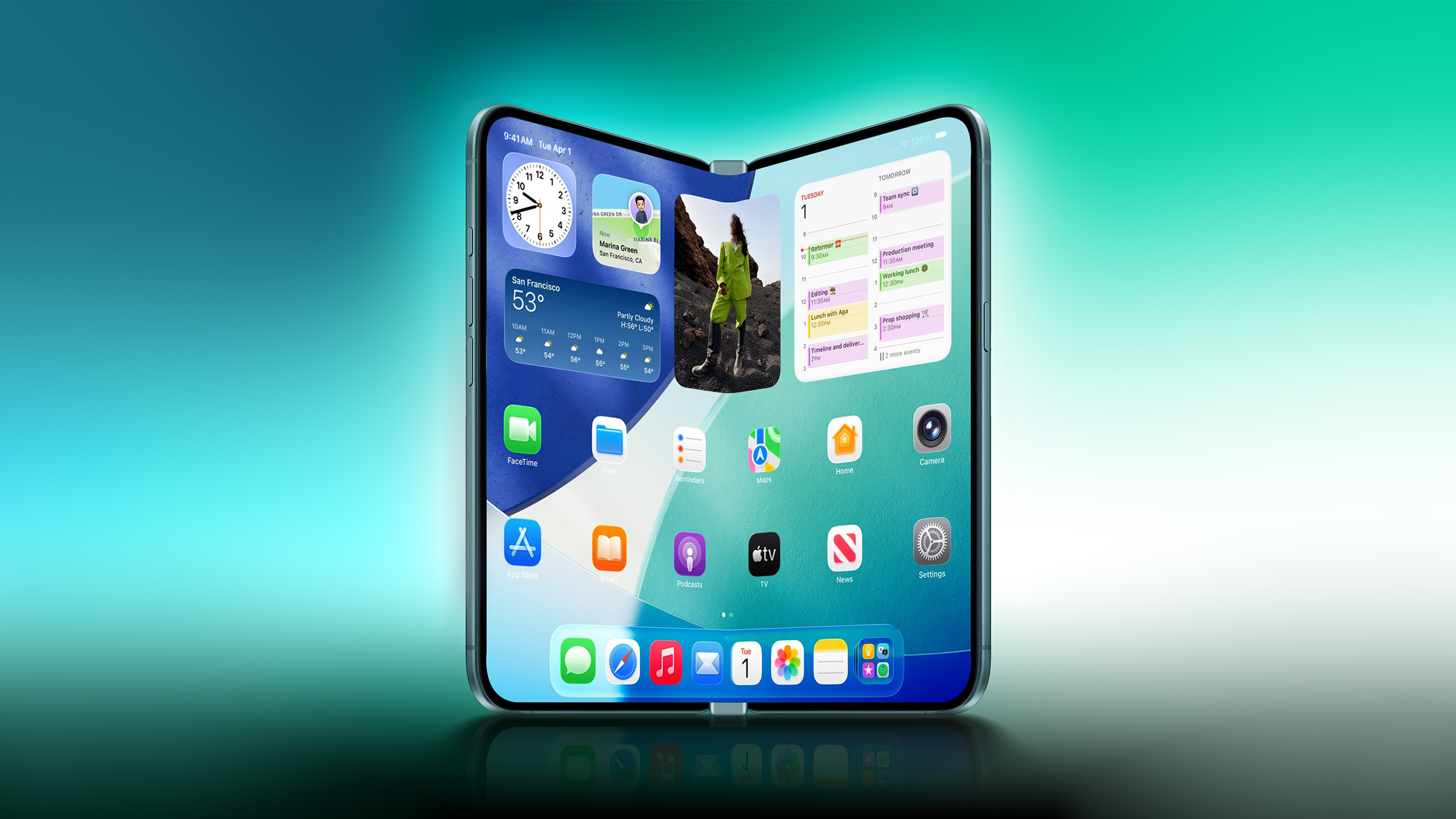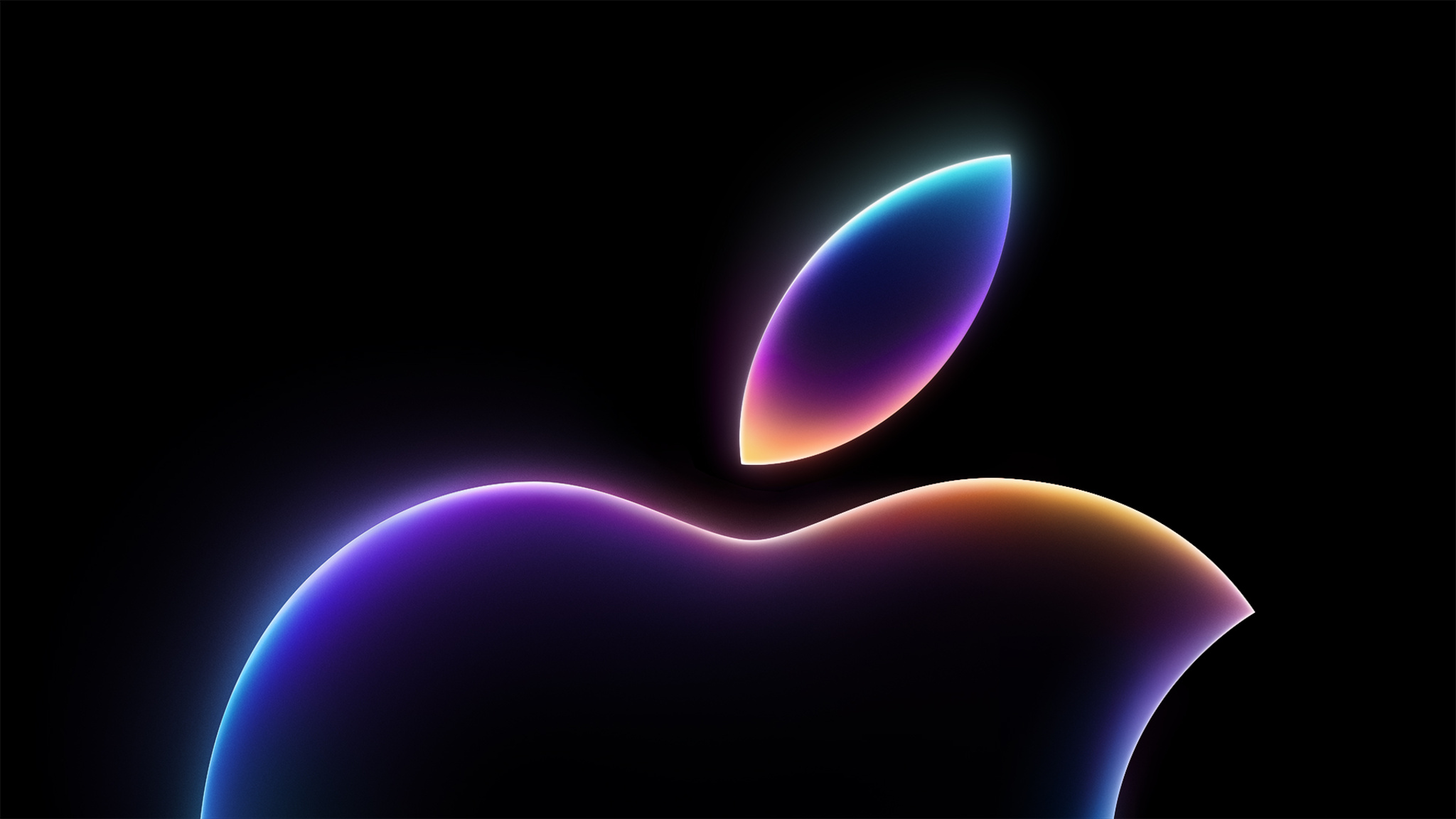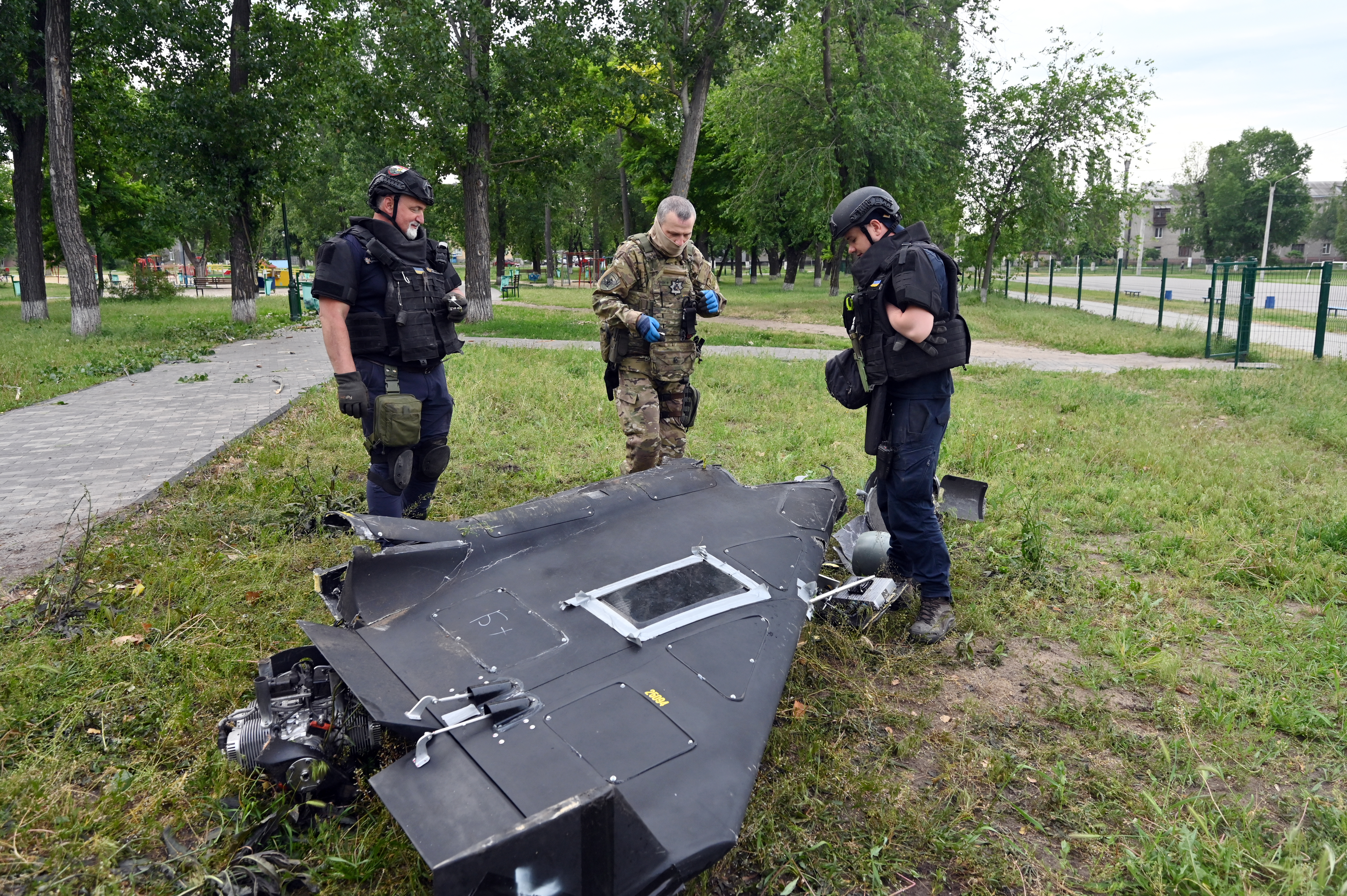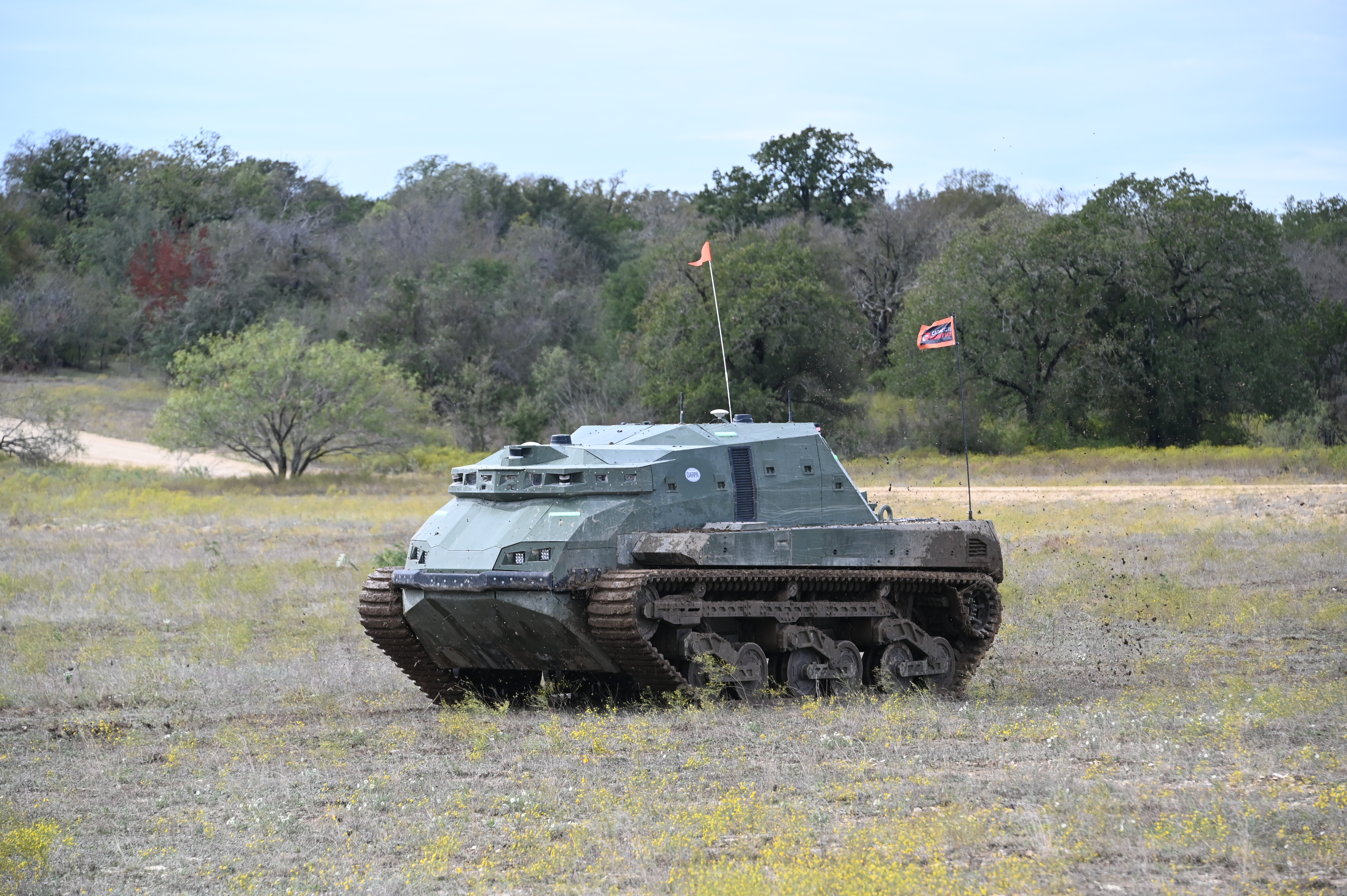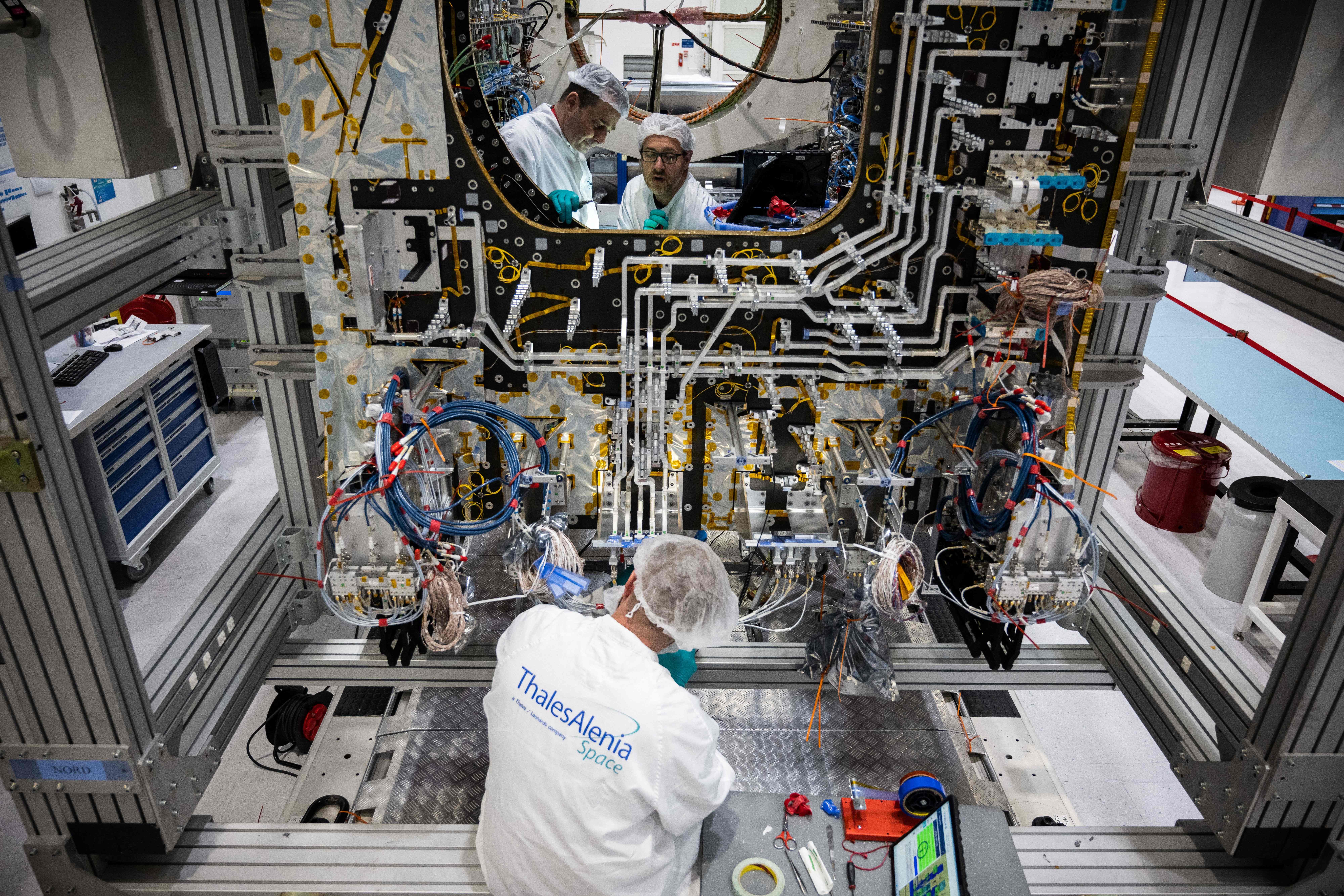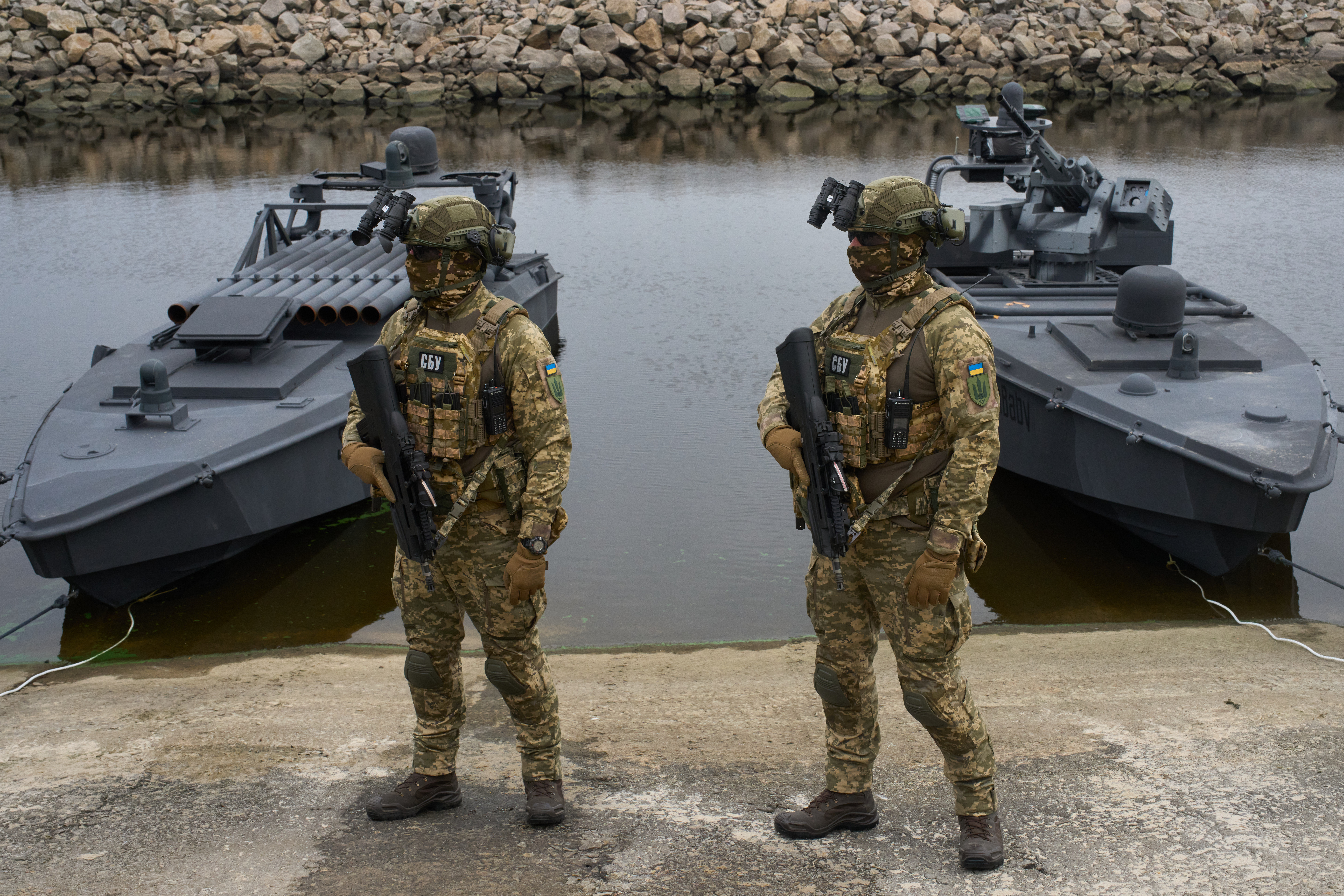
Tesla Robotaxi launched just a few days ago to a limited number of riders in Austin, Texas, but its biggest challenge seems to be how the automaker will figure out one thing: the Sun.
Among the company’s unique strategies, its emphasis on using cameras for self-driving is perhaps the most interesting. No other company has adopted the same strategy, as others have relied on cameras with either sensors or LiDAR rigs to accomplish their self-driving deployments.
Tesla, on the other hand, has called LiDAR unnecessary. CEO Elon Musk once called it “a fool’s errand,” stating it was not needed to build an effective self-driving fleet of vehicles.
Musk compared cameras to eyes. Humans don’t need sensors or LiDAR to operate vehicles on the road, so why should cars? This brought up some questions, especially regarding sun glare. Musk said that Tesla would use direct photon counting to see directly into brigt sunlight or even in the darkest conditions at night.
His quote during a recent earnings call was:
“Actually, it does not blind the camera. We use an approach which is direct photon count. When you see a processed image, so the image that goes from the sort of photon counter — the silicon photon counter — that then goes through a digital signal processor or image signal processor, that’s normally what happens. And then the image that you see looks all washed out, because if you point the camera at the sun, the post-processing of the photon counting washes things out.”
So far, this strategy has yielded mixed results. We have seen examples of both:
The Good
We’ve had a handful of people state that they have had no issue using the Robotaxi when it is driving into direct sunlight.
There are plenty of examples:
Robotaxi seems to have no trouble driving into the sun. More to come pic.twitter.com/rZdd3Sya8k
— Dirty Tesla (@DirtyTesLa) June 25, 2025
Tons of direct sun glare during many of my Tesla Robotaxi rides today in Austin. The vehicles handled it with no problem. pic.twitter.com/3kyiQF4RMs
— Sawyer Merritt (@SawyerMerritt) June 24, 2025
Absolutely ZERO issues heading into direct sunlight in our Robotaxi, been going for almost an hour now during golden hour/sunset. As smooth as it always is. pic.twitter.com/iSCp6qdNC0
— Zack (@BLKMDL3) June 25, 2025
The Bad
Day 1 of Robotaxi testing with 20 initial riders! Caught a rare phantom braking moment on camera during our Waymo vs. Tesla Robotaxi race.
It’s a one-off glitch in Full Self-Driving mode—most rides were smooth! Drop your thoughts!
pic.twitter.com/liJGSIIHKw
— Kim Java (@ItsKimJava) June 24, 2025
The Verdict
This is obviously a weird case, and it seems that this could be one of the challenges Tesla will face with the deployment of Robotaxi.
While it will get figured out, this is something that could ultimately push back Tesla’s goal of having no safety monitor in the vehicles. However, the instance will be learned and used to improve in the future through its Neural Nets.
The first intervention was captured yesterday, requiring the Tesla safety monitor to stop the vehicle manually on the car’s touchscreen.
The post Tesla Robotaxi’s biggest challenge seems to be this one thing appeared first on TESLARATI.
News, Tesla, Featured, Tesla Robotaxi
TESLARATI
Bitcoin
Ethereum
Monero

Donate Bitcoin to The Bitstream
Scan the QR code or copy the address below into your wallet to send some Bitcoin to The Bitstream

Donate Ethereum to The Bitstream
Scan the QR code or copy the address below into your wallet to send some Ethereum to The Bitstream

Donate Monero to The Bitstream
Scan the QR code or copy the address below into your wallet to send some Monero to The Bitstream
Donate Via Wallets
Select a wallet to accept donation in ETH BNB BUSD etc..

